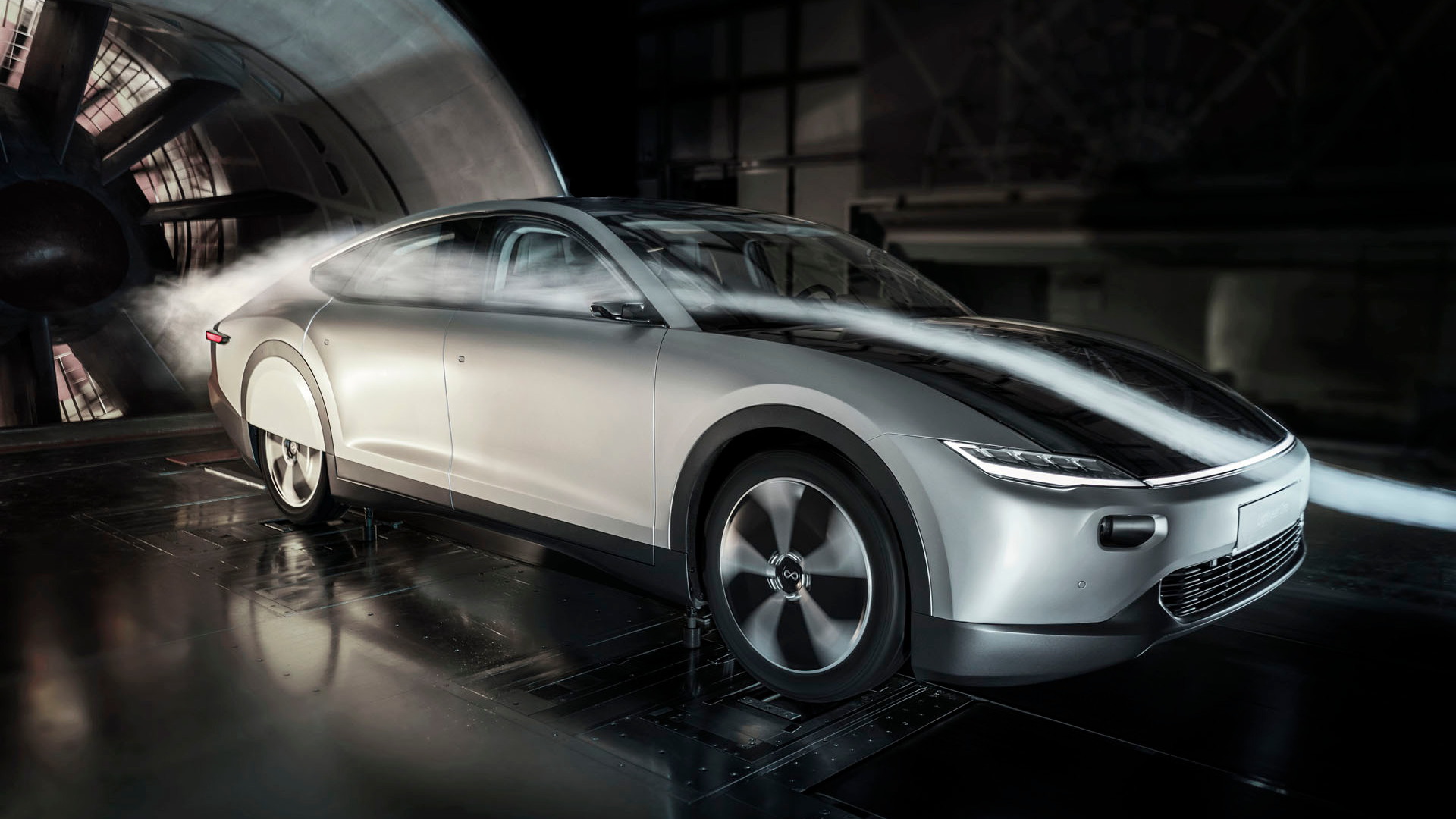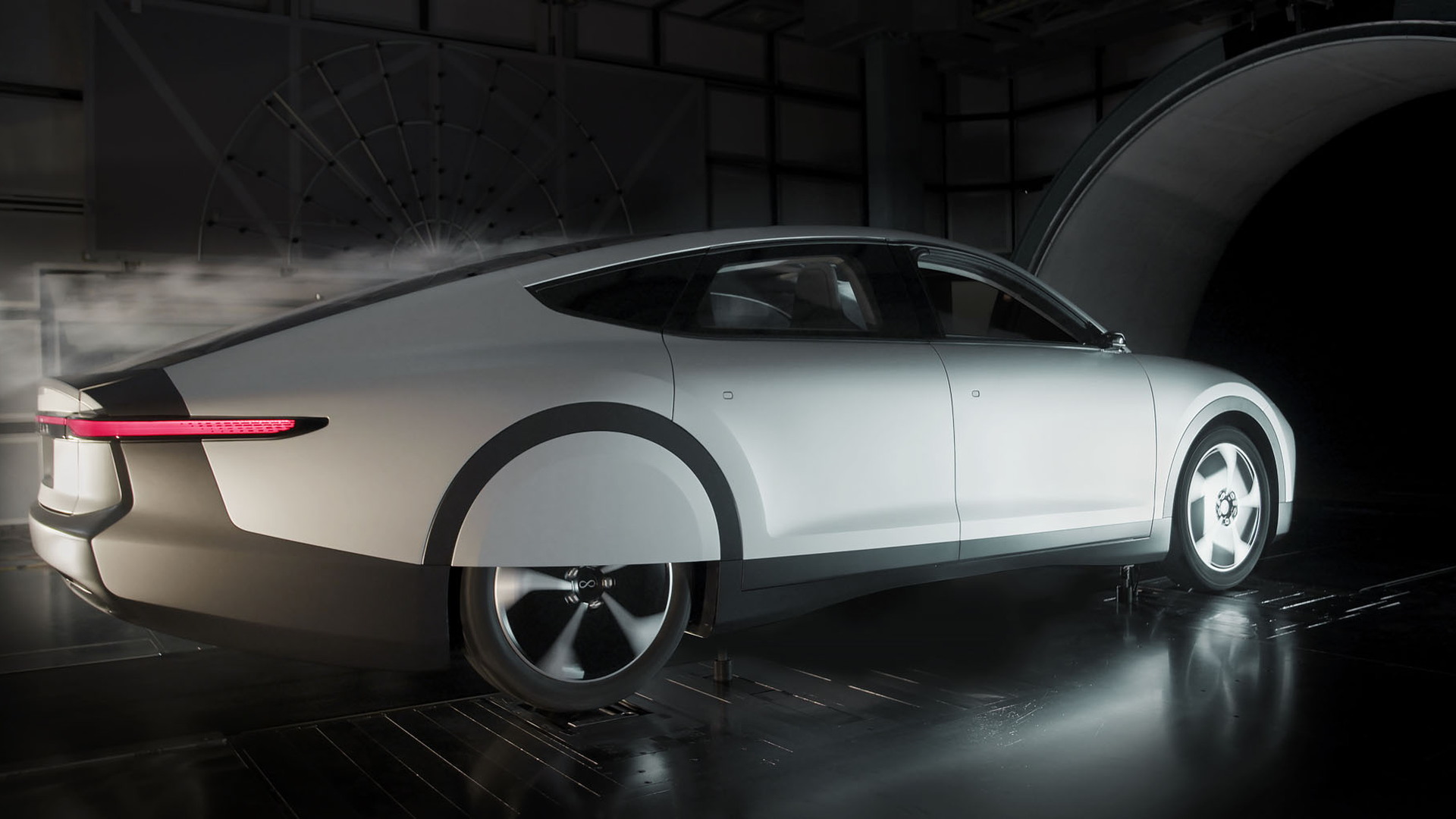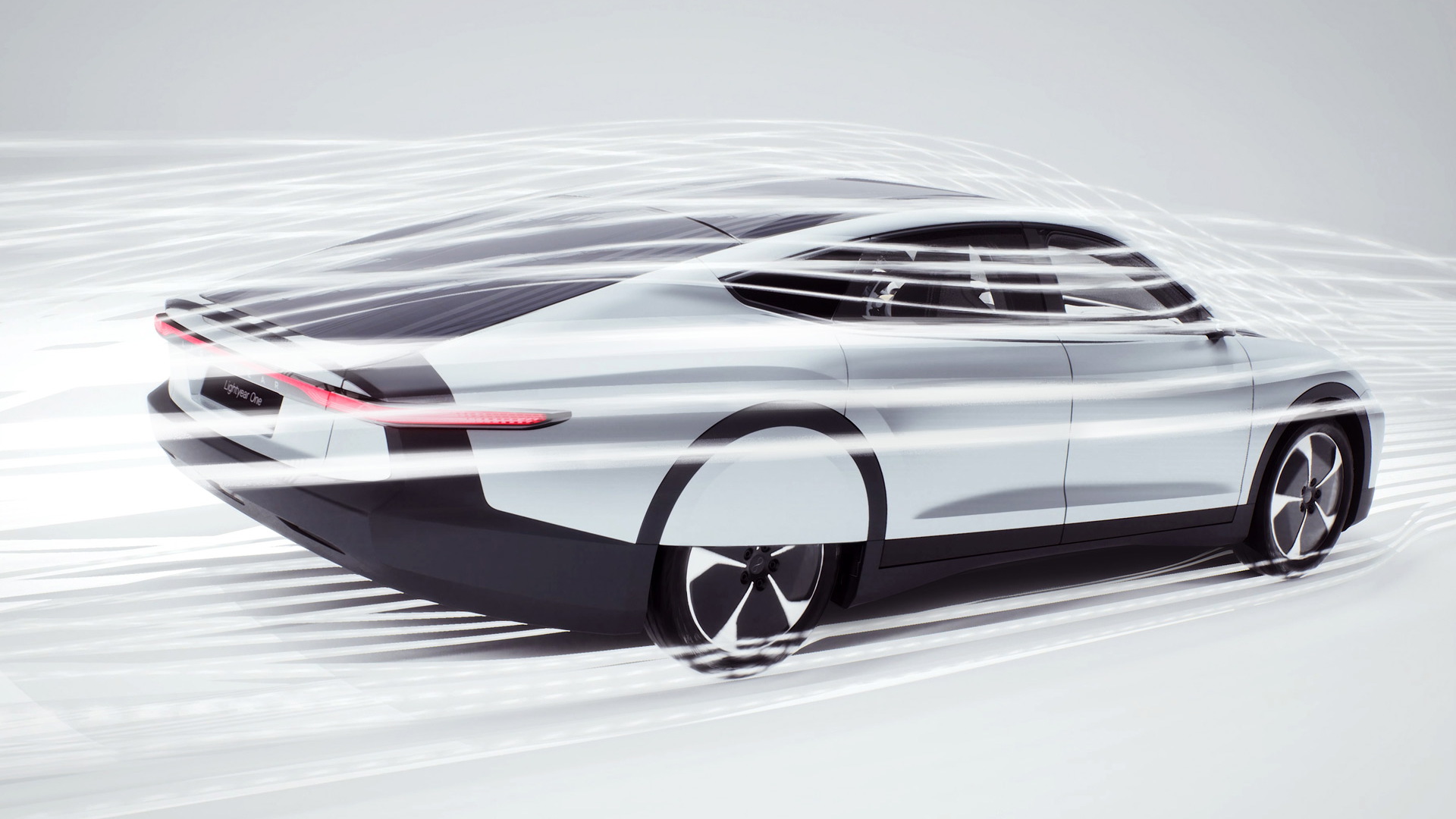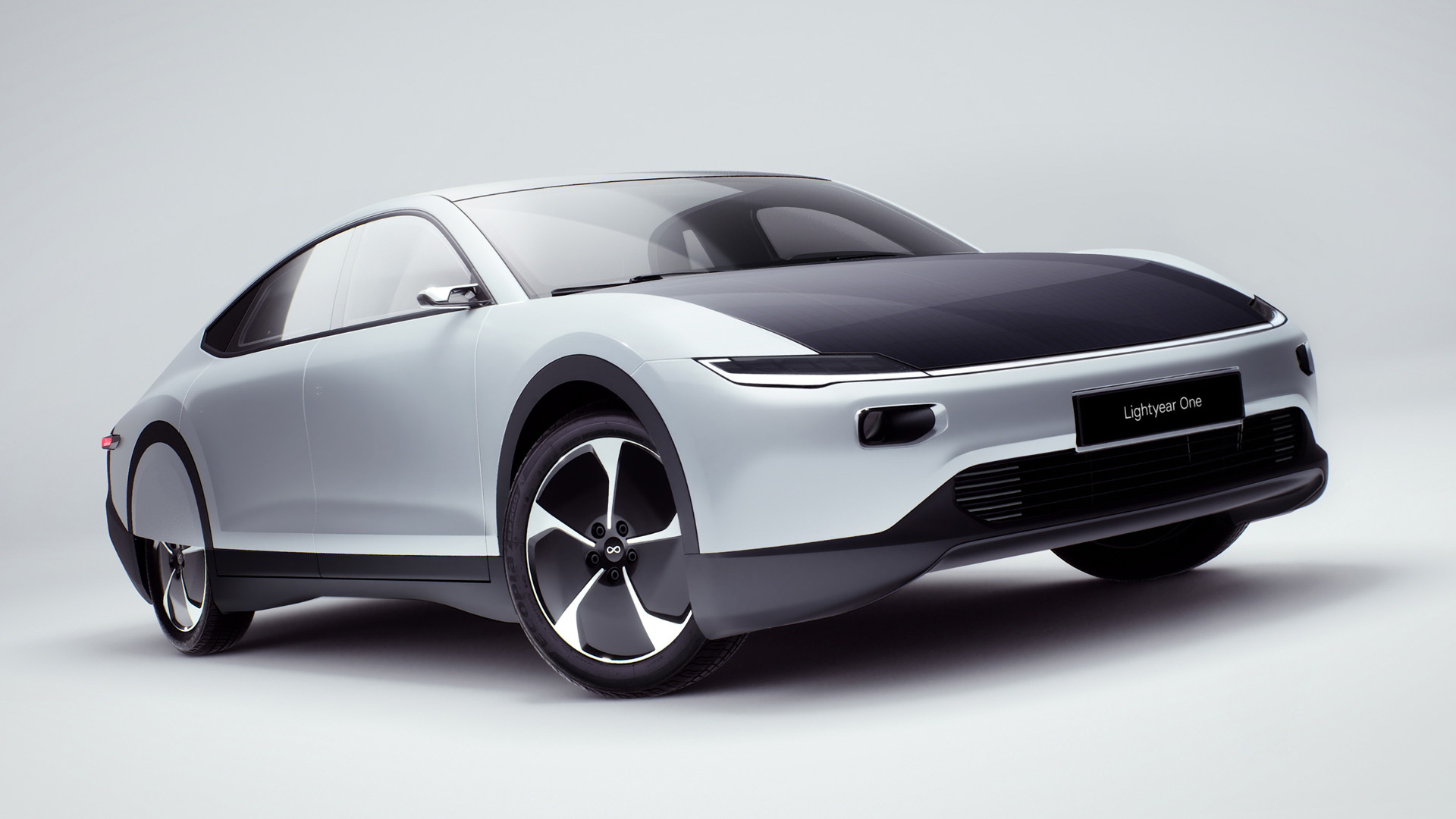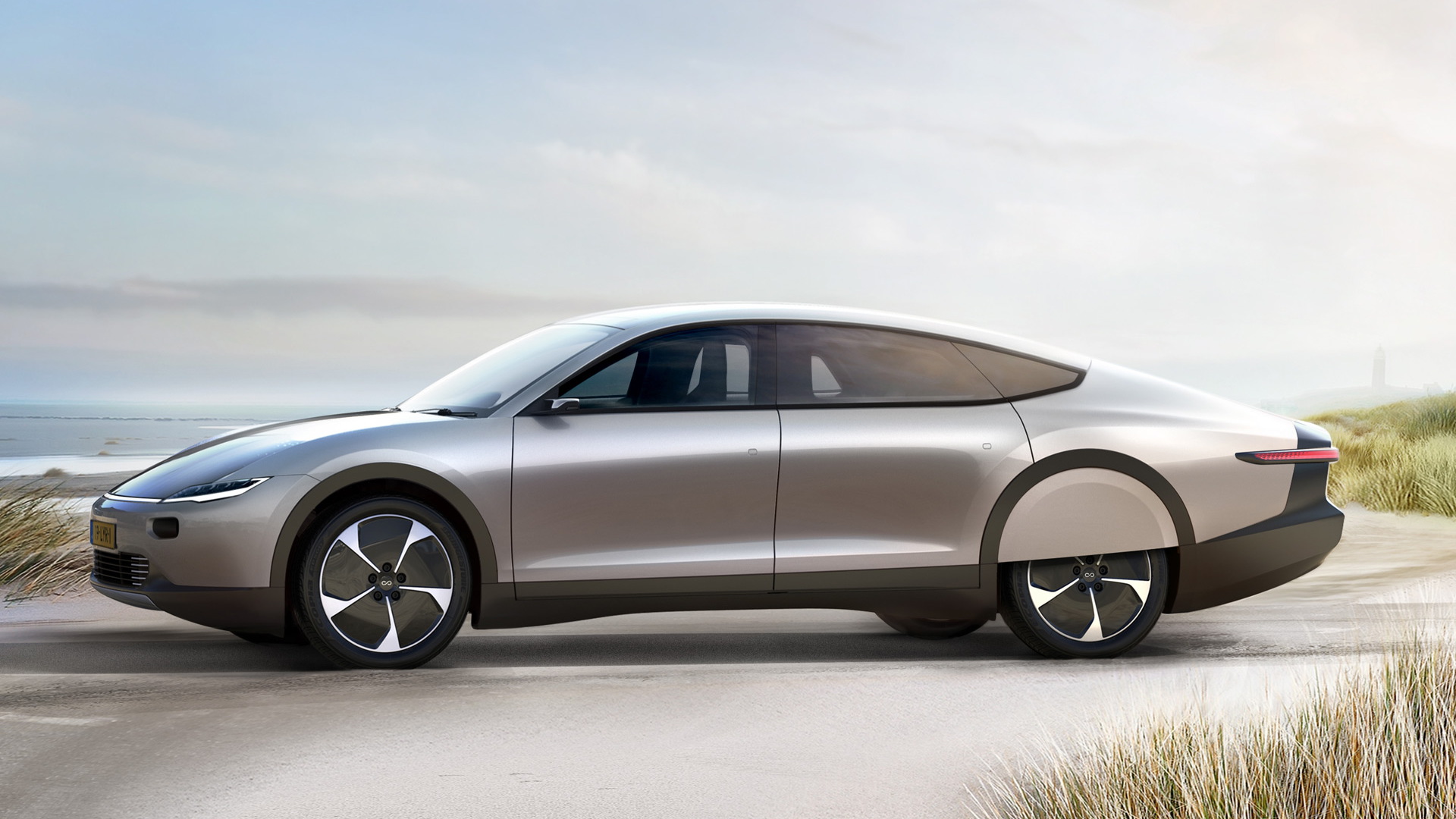The title of world's most-aerodynamic car goes to the Lightyear One, the Dutch startup Lightyear announced early Tuesday, after two-and-a-half years of development on its clean-sheet electric architecture.
"During a week of testing in a windtunnel facility in Turin, the Lightyear team was able to validate their simulation models and confirm a drag coefficient (Cd) below 0.20," Lightyear said in its announcement.
"This means a newly established record in aerodynamics for Lightyear One. The exact number will be made public when the car is fully developed. With the results as they stand, Lightyear One will likely be the most aerodynamic car available in the market."
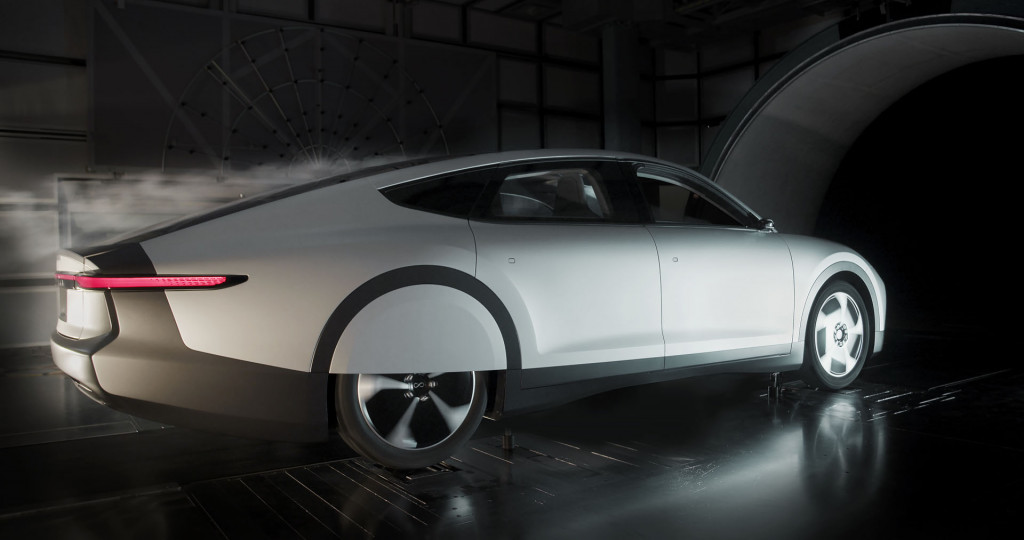
Lightyear One wind tunnel testing
Lightyear's push for a slick exterior shape has less to do with winning awards than improving the One's efficiency and, ultimately, its total range; its target is 400 miles on a single charge, assuming sufficient sunlight. More on that later. In sub-optimal conditions, the company is aiming for a range of at least 250 miles.
The fledgling EV market is ripe for superlatives. Lightyear's claim to the most-aerodynamic vehicle is one that was previously hinted at by former startup and now crowd-funded EV builder Aptera, which seems to have settled for targeting "most efficient" rather than best aero.
To give Lightyear credit, the One's design, which channels the Citroen DS, is a far more conventional automotive shape than Aptera's, which is more reminiscent of something from a college engineering challenge than anything you might see on the retail market.
Aero-friendly features include a flat underbody, a long tail that tapers to control the wind, wheel skirts to control airflow over the sides of the car, and side cameras instead of mirrors.
Underneath that exterior, the Lightyear One also utilizes a fairly conventional EV architecture. It employs a typical "skateboard" style platform with an in-floor battery pack and in-wheel electric motors to reduce weight and eliminate the need for a conventional transmission.
Lightyear's prototype also employed 53 square feet of roof-mounted solar panels, which the company said could provide as much as 7.5 miles of range replenishment per hour, and its battery system can accommodate 60-kw DC fast charging.
The solar panels are critical to the One's design, as Lightyear sees it as a component of a grid-independent EV future, but we suspect that won't come until long after the One's expected introduction in 2021.
